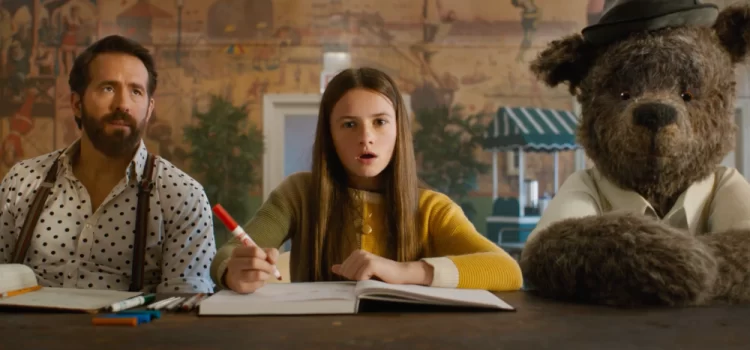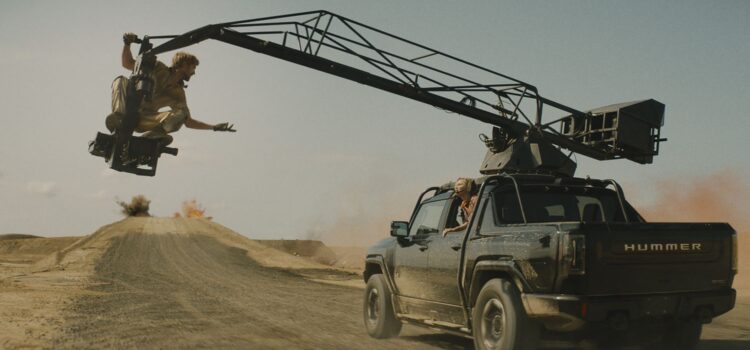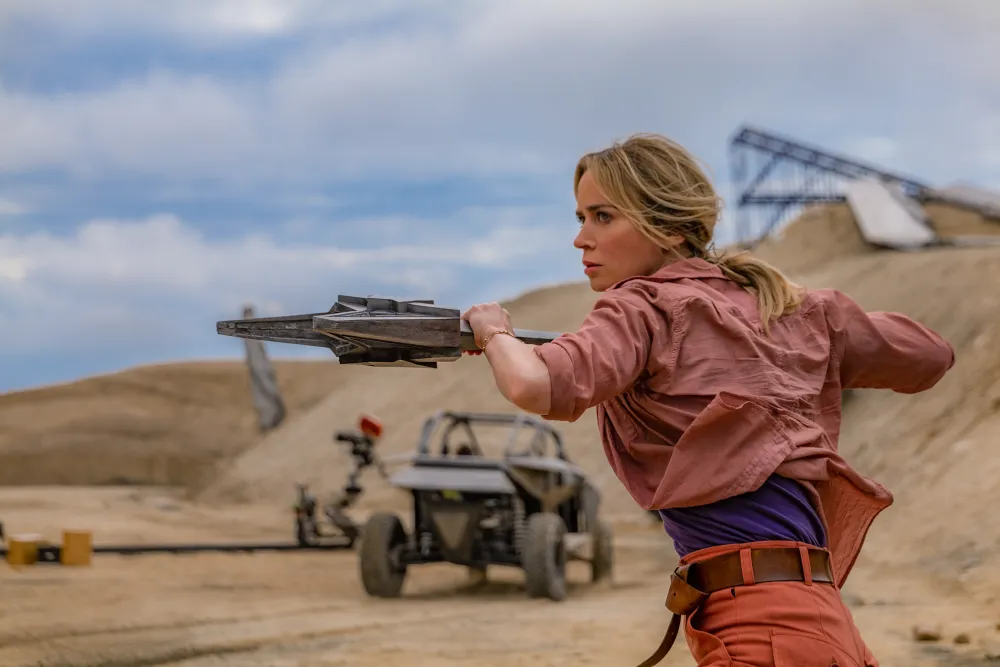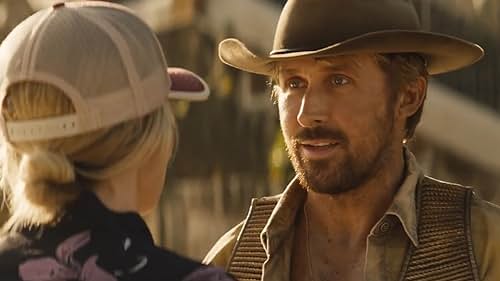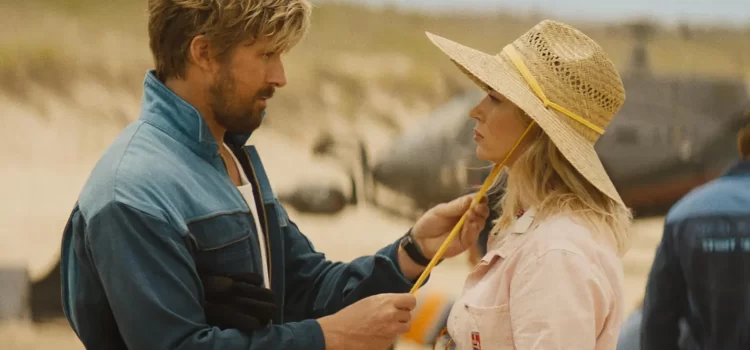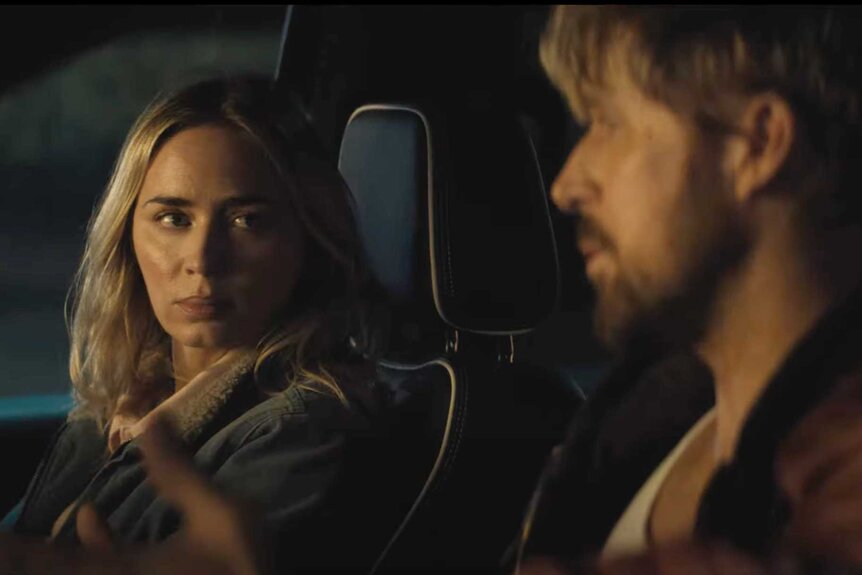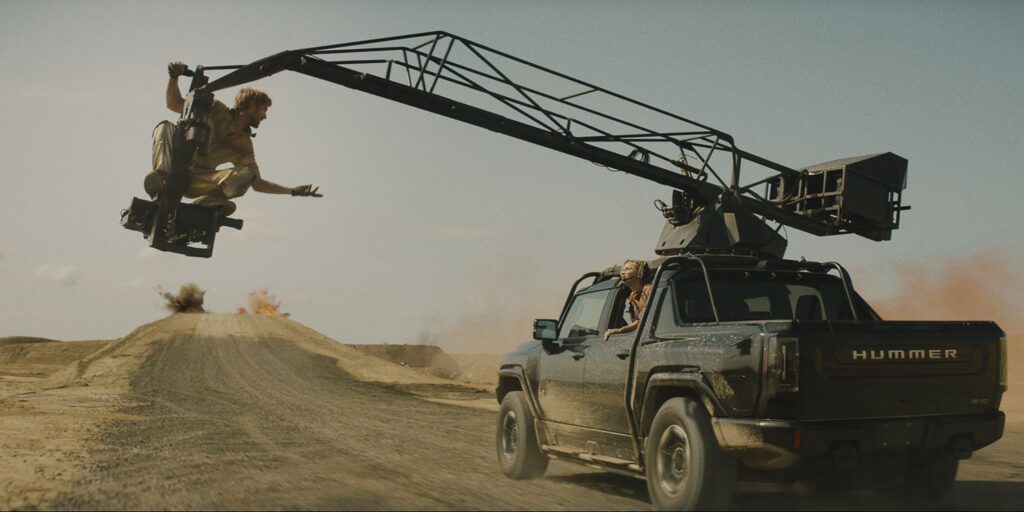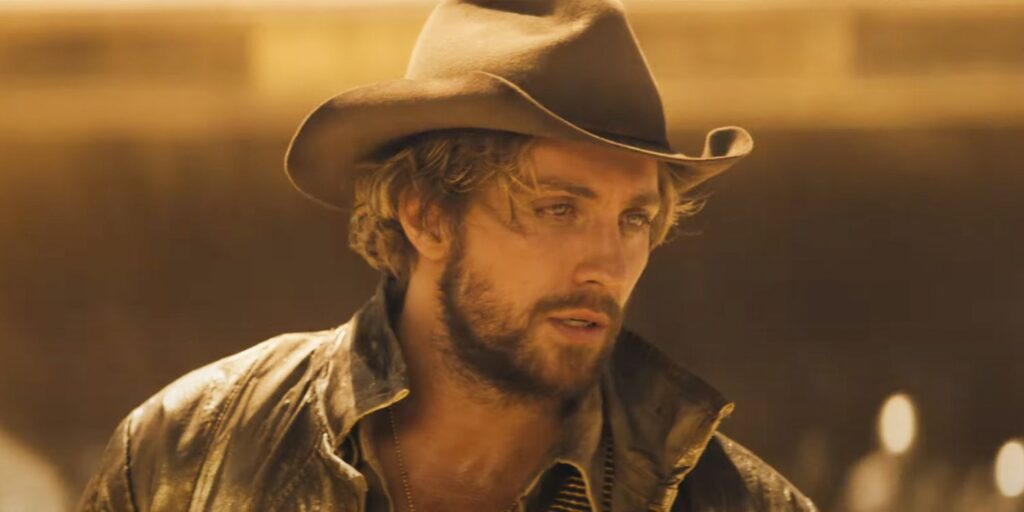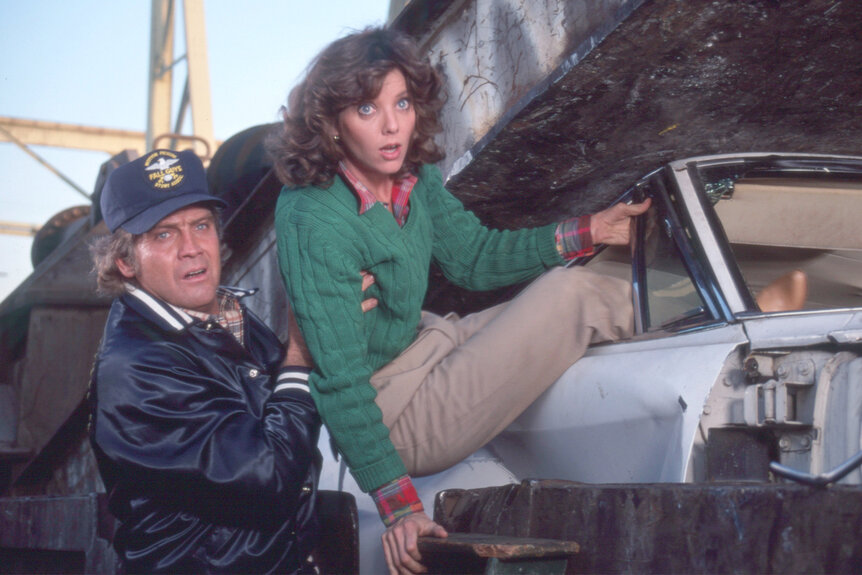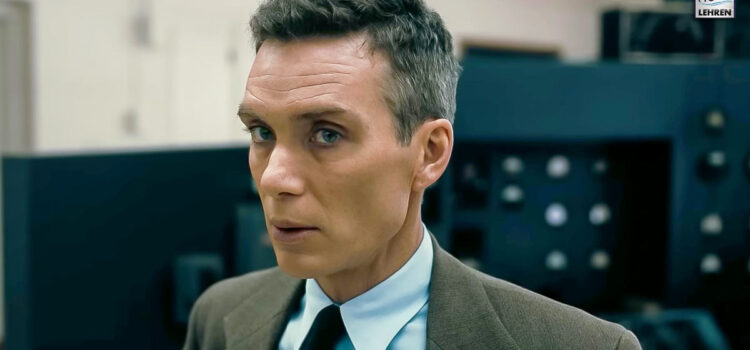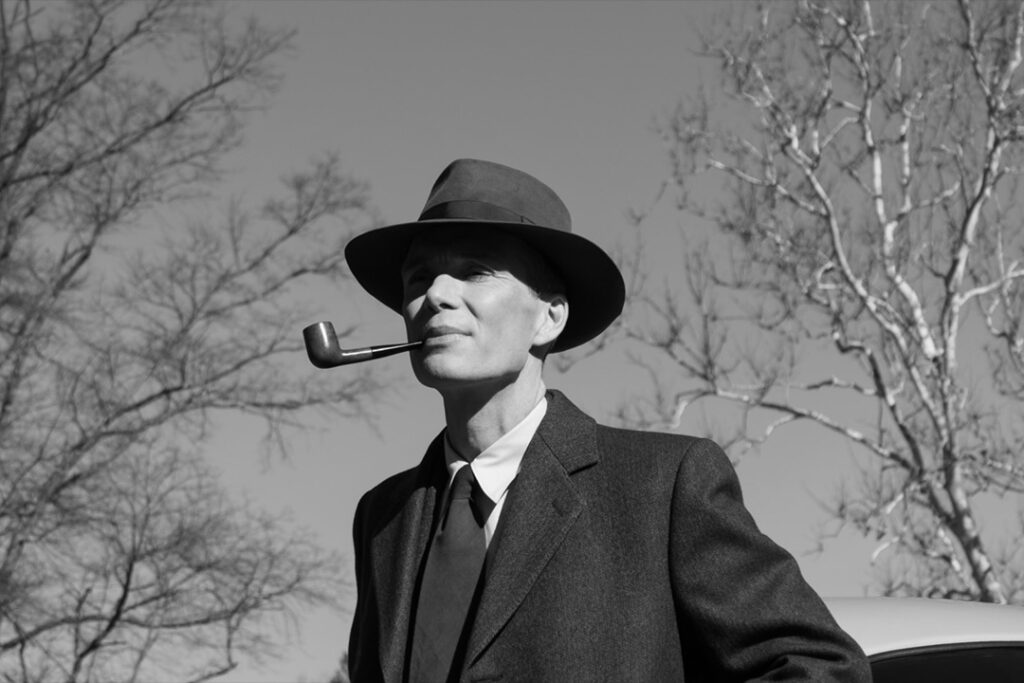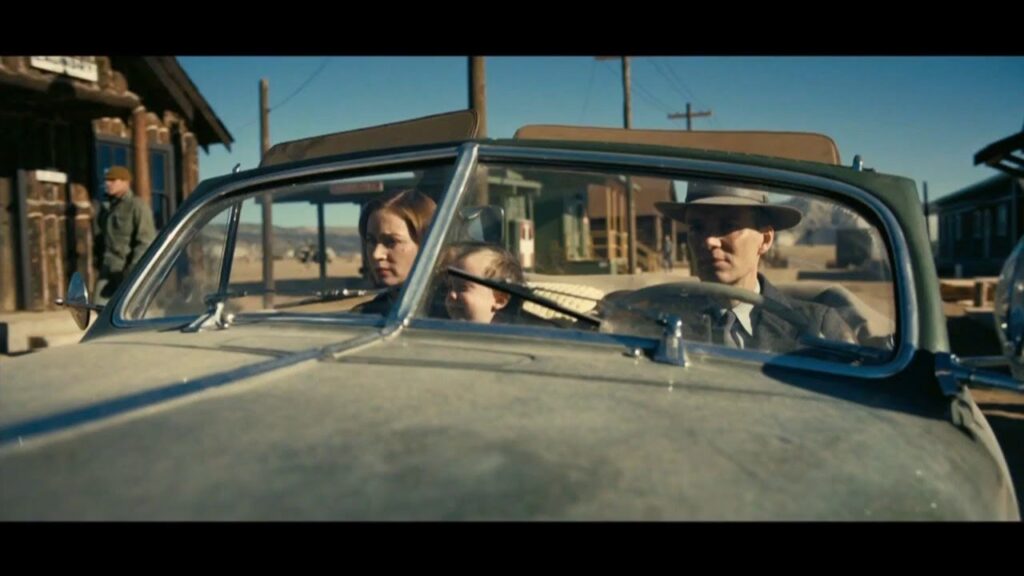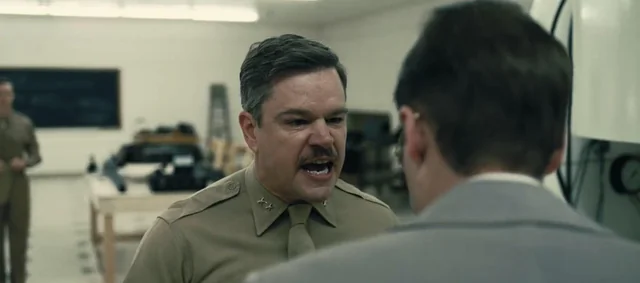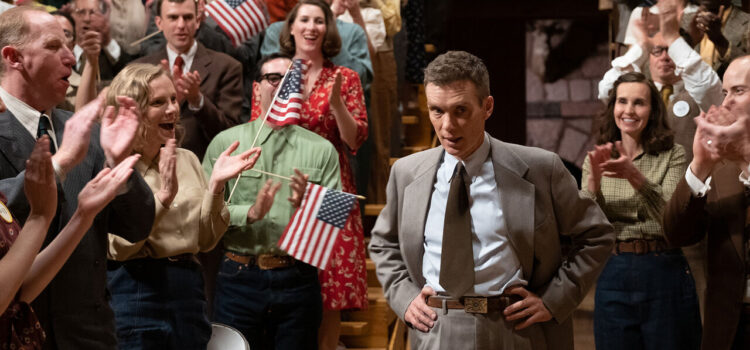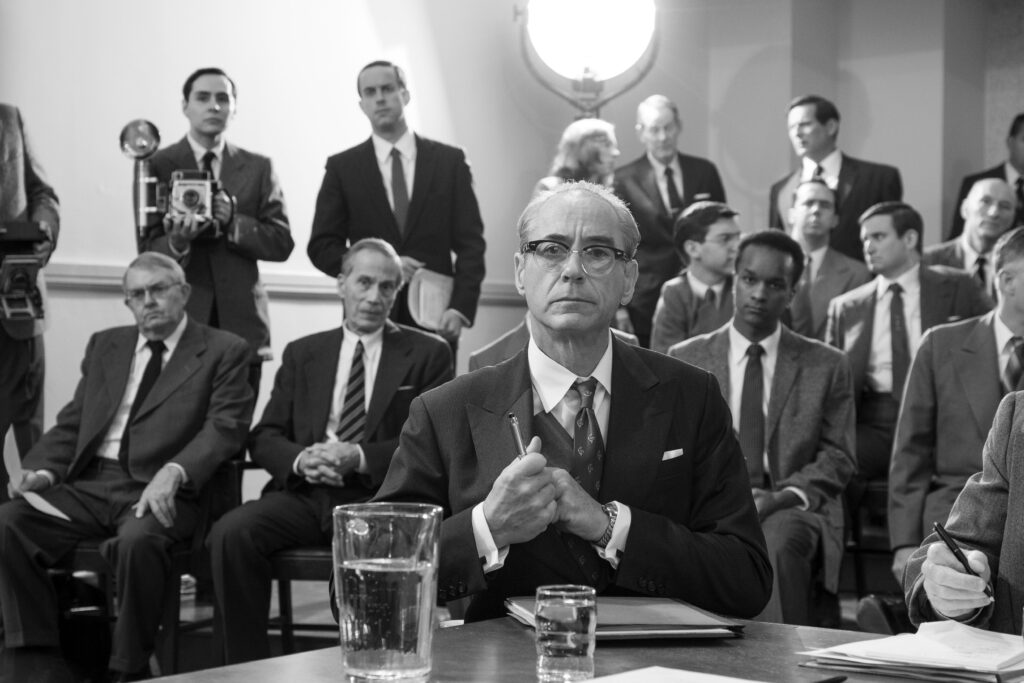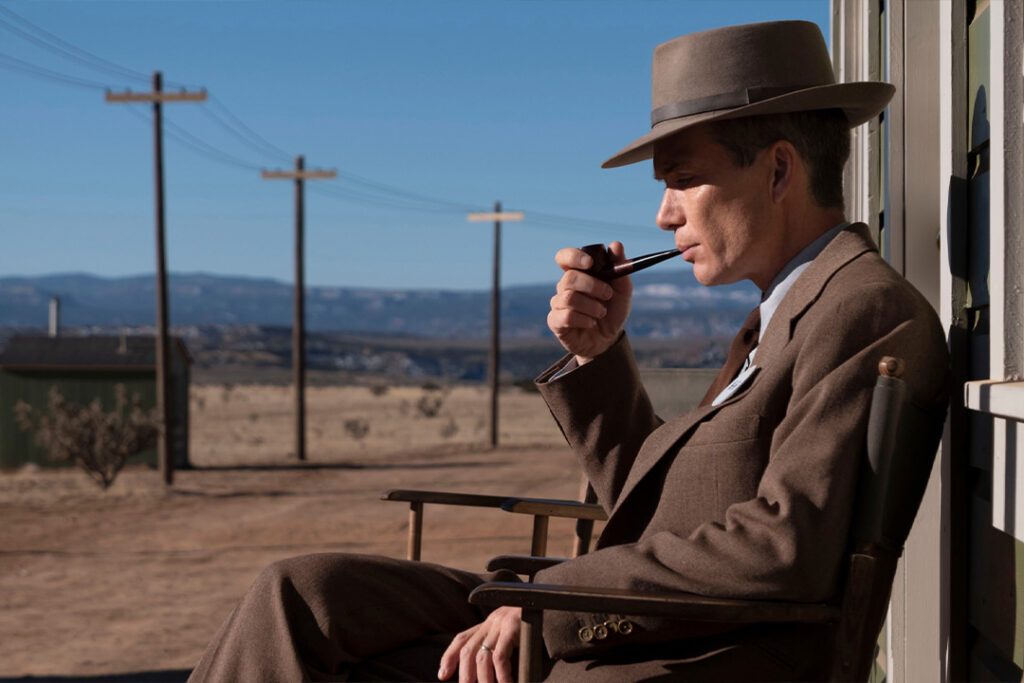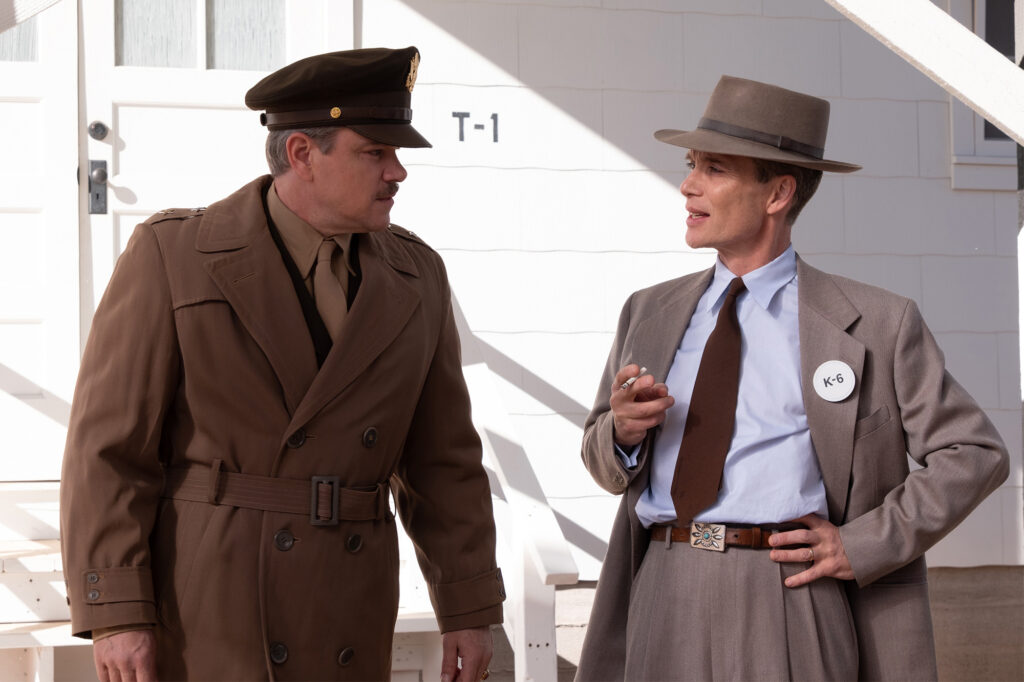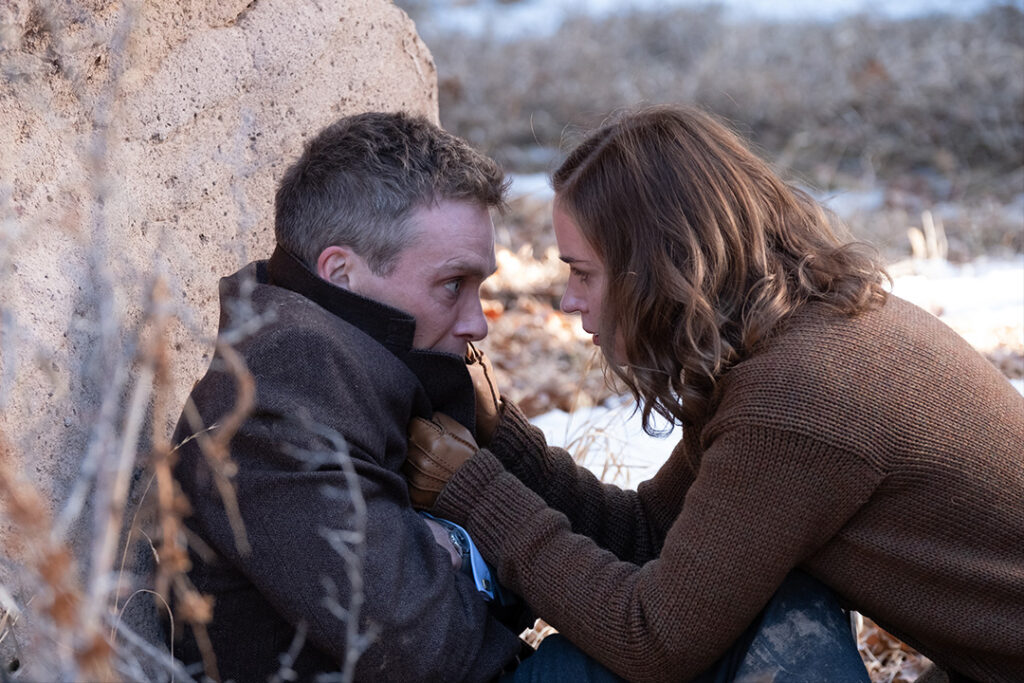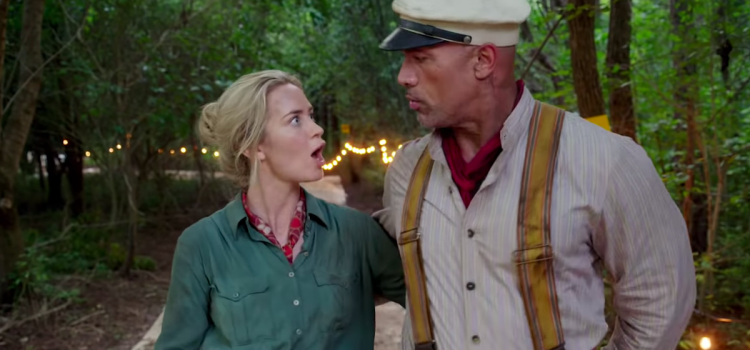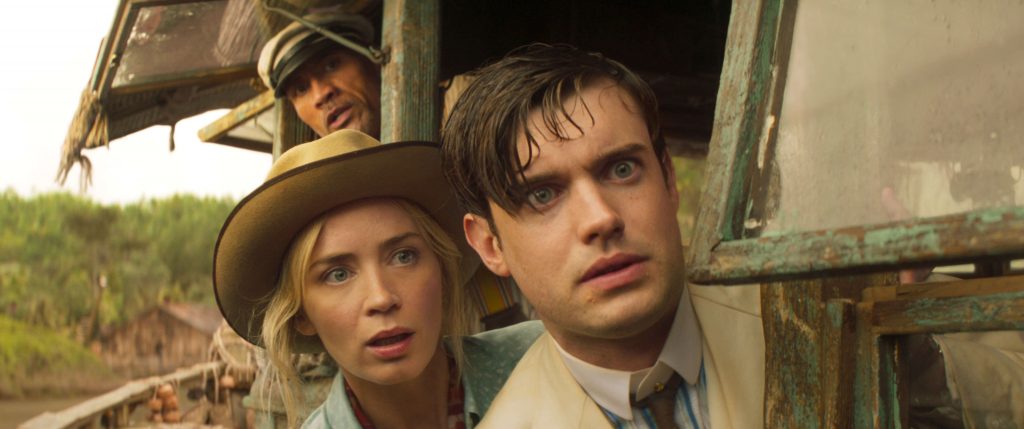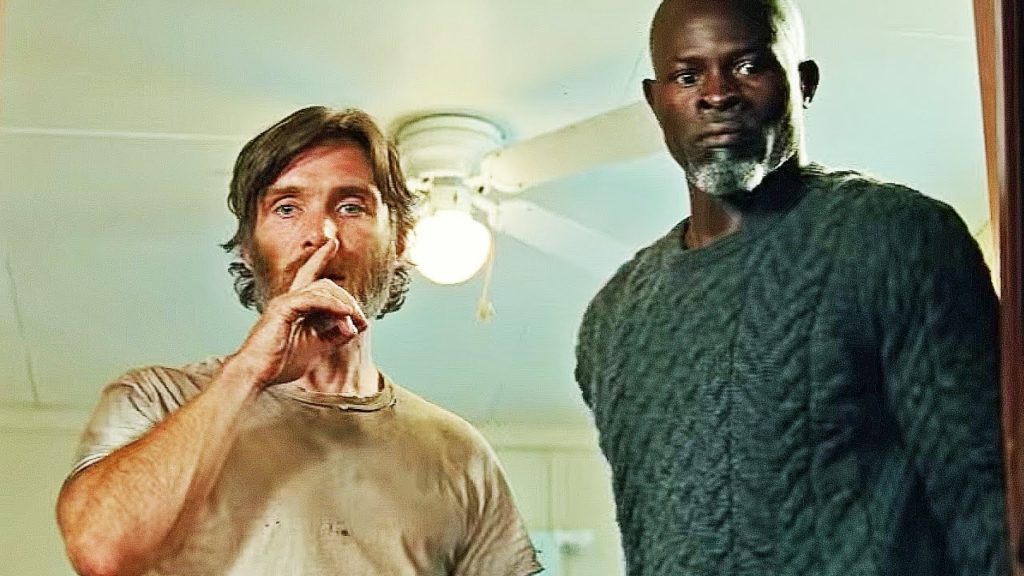By Lynn Venhaus
On the surface, “IF” looks warm and fuzzy, a relatable story about the power of imagination and how it affects our childhoods. And while there is much to like about the film, the whimsy doesn’t quite live up to the magic it strives to capture.
While being imaginative and heartfelt, it is also sad and dark, which may confuse parents of young children who are unaware of the story’s tragic elements. The 12-year-old heroine, Bea, who has been through some things, faces another potential heartbreak.
Writer-director John Krasinski, who knocked it out of the park with his “A Quiet Place” films, was inspired by his two daughters to make a live-action Pixar movie, and the ambitious concept is a dandy one.
Yet I struggled to make sense of this alternate reality, for the logic doesn’t seem to be there, even in a fantasy. Lonely Bea, dealing with loss and staying with her grandmother while her dad is in the hospital, meets neighbor Cal, who sees abandoned imaginary friends.
Cal serves as a matchmaker of sorts, finding new pals for IFs to hang around with, and be useful, for their previous childhood buddies grew up. Think of him as the guardian of the portal. He enlists the earnest and creative Bea.
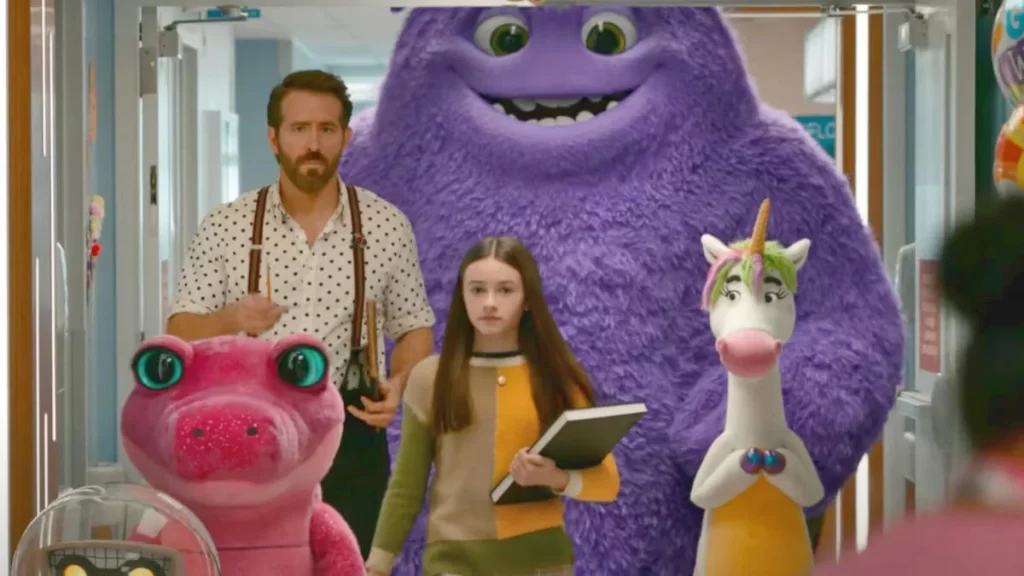
Cailey Fleming is heart-tugging as a guarded Bea, and warms to Carl, wonderfully played by Ryan Reynolds, who appears more vulnerable than his usually jovial characters. His trademark snappy patter is here, but he’s also some emotional heft to display.
As a human, he blends into the visual effects with flair, standing out in two scenes that wow – a splashy dancing sequence and one where he materializes from a painting.
Reynolds’ agility goes a long way in liking Cal, and his story arc that comes full circle in the third act just might bring a tear to your eye, like it did mine. In fact, my tissue got a workout, like when I watched Pixar’s “Coco” and “Toy Story 4.”
The point about the need for human connection is well-taken, particularly after living through the global coronavirus pandemic. The central theme of the film is loss and grief, and the opening montage is comparable to the start of Pixar’s “Up.”
I can’t recommend this for children under 8, and don’t think a PG-rating is enough warning. If you take young children, be prepared to address some heavy questions.
And there are a few disconcerting choices – Bea walks to a bodega late at night alone, and we’re talking New York City (OK, Brooklyn, but…) and grandma (Fiona Shaw) is apparently OK with her wandering the city by herself.
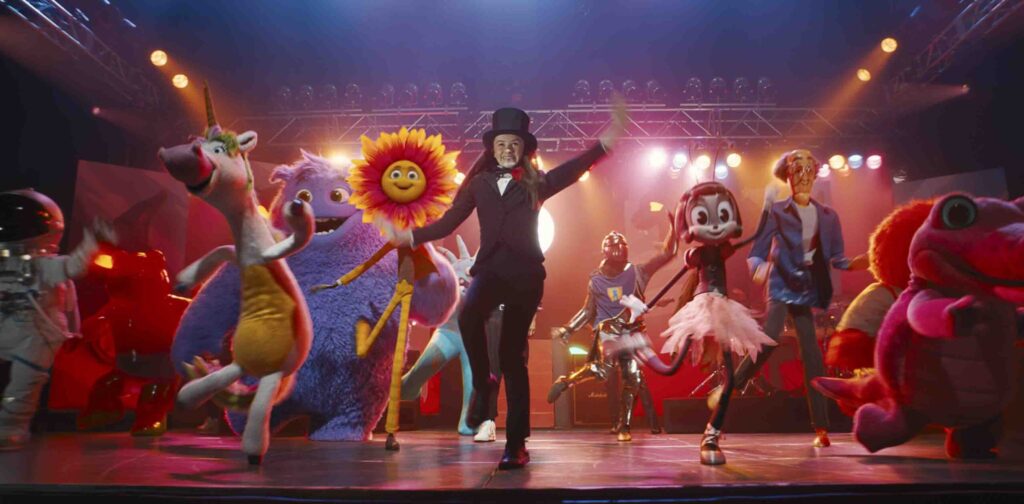
Granted, we can’t shield our children from life’s cruel blows, and even classic Disney films feature death – Mufasa in “The Lion King” and the momma deer in “Bambi” come to mind – but this film’s marketing makes it look like shiny, happy people having fun.
Nevertheless, the all-star voice cast delivers funny and charming characterizations of various creatures, including Steve Carell as Blue, a gentle Muppet-like giant, and Phoebe Waller-Bridge as a cartoonish Betty Boop named Blossom.
In less substantial but full of personality vocal performances are Krasinski’s wife Emily Blunt as an excitable unicorn, Amy Schumer as a high-strung gummy bear and George Clooney as a spaceman (remember “Gravity”?). In his final role, Louis Gossett Jr. is a wise Teddy bear.
Christopher Meloni plays one of the more animated characters, Cosmo, and the who’s who of Hollywood includes Brad Pitt, Matt Damon, Blake Lively, Matthew Rhys, Jon Stewart, Maya Rudolph, Sam Rockwell, Awkwafina, Bill Hader and Keegan Michael-Key. Outstanding talent is assembled, but with so many, not everyone gets moments to shine, more like snippets.
Alan Kim, whose breakthrough role was in “Minari,” plays Benjamin, a hospital patient who befriends Bea, and it’s a sweet, but underdeveloped character
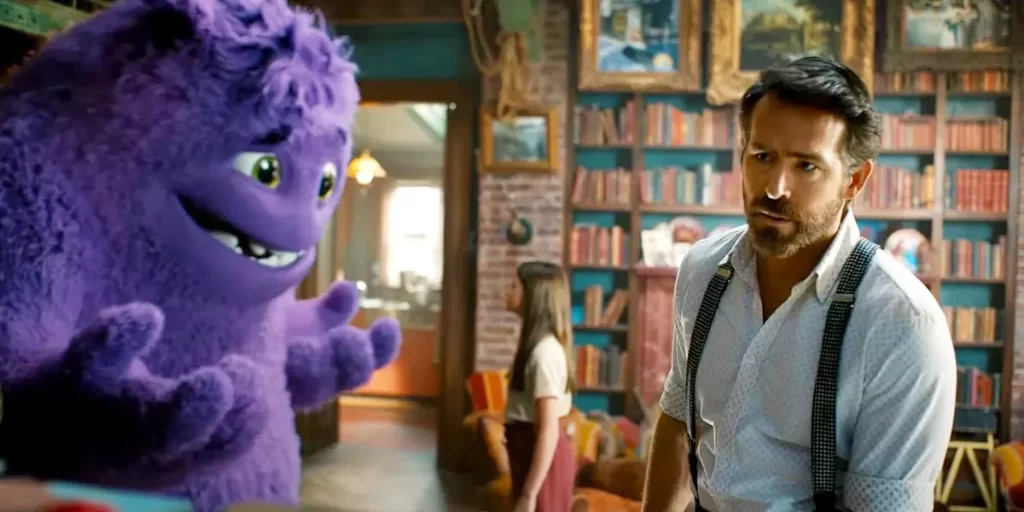
The film does have a striking fairy tale-storybook glow to it, courtesy of cinematographer Janusz Kaminski, who has worked with Steven Spielberg since 1993 and won Oscars for “Schindler’s List” and “Saving Private Ryan.”
Jess Gonchor’s production design is also noteworthy, especially using Coney Island as a fantastic playground for the IFs, as well as a nifty retirement home. Gonchor, longtime collaborator with the Coen Brothers, also created the striking set design for “White Noise,” another difficult world to build. He previously worked with Krasinski on “The Quiet Place, Part II.”
Jenny Eagan’s costume design is delightful, and the army of special and visual effects wizards dazzle with their playfulness.
Krasinski’s heart is in the right place, and the intention is admirable, if not the execution. While the third act redeems the storyline to an extent, the movie fails to live up to expectations, which is a letdown, given the enormous amount of talent involved.
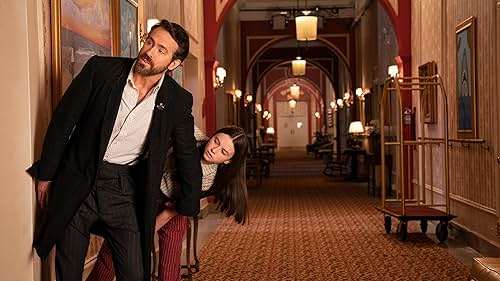
“IF” is a 2024 comedy-drama-fantasy written and directed by John Krasinski, starring Ryan Reynolds, Cailey Fleming, Fiona Shaw, Steve Carell, Alan Kim and Krasinski. Rated PG for thematic elements and mild language, its runtime is 1 hour, 44 minutes. Opens in theatres May 17. Lynn’s Grade: C

Lynn (Zipfel) Venhaus has had a continuous byline in St. Louis metro region publications since 1978. She writes features and news for Belleville News-Democrat and contributes to St. Louis magazine and other publications.
She is a Rotten Tomatoes-approved film critic, currently reviews films for Webster-Kirkwood Times and KTRS Radio, covers entertainment for PopLifeSTL.com and co-hosts podcast PopLifeSTL.com…Presents.
She is a member of Critics Choice Association, where she serves on the women’s and marketing committees; Alliance of Women Film Journalists; and on the board of the St. Louis Film Critics Association. She is a founding and board member of the St. Louis Theater Circle.
She is retired from teaching journalism/media as an adjunct college instructor.

